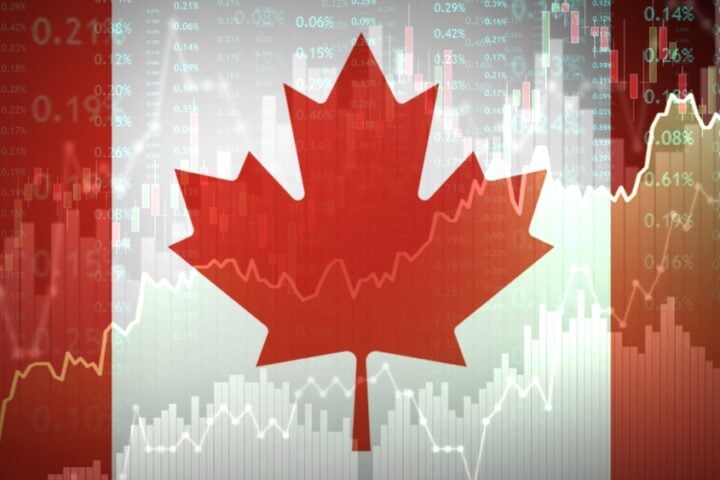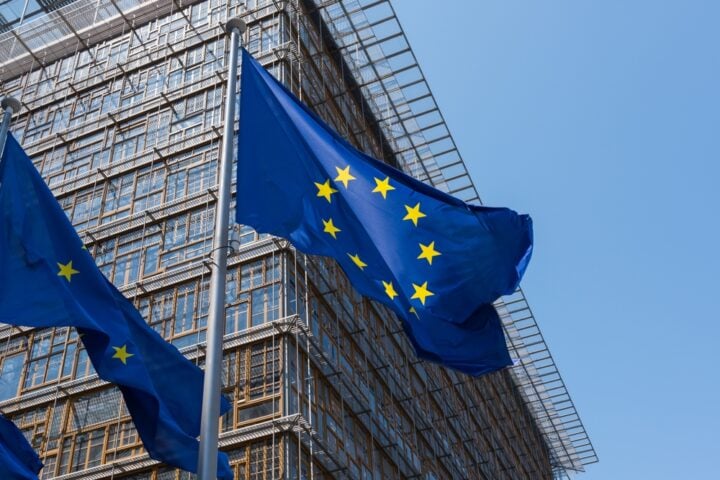Holiday sales saw a solid increase this year, rising 3.8% from November through Christmas Eve, according to data from Mastercard SpendingPulse. This outpaced the 3.1% growth recorded during the same period last year, even as consumers grappled with high prices for groceries and necessities. Retailers faced added pressure with a shortened holiday season, but strategic promotions and strong online sales helped boost performance.
Consumers Prioritize Value
The shorter holiday period—five fewer days between Thanksgiving and Christmas—made this season especially challenging for retailers. Despite this, Michelle Meyer, Chief Economist at Mastercard Economics Institute, noted that consumers were still willing to spend but focused on value. “The holiday shopping season revealed a consumer who is willing and able to spend but driven by a search for value,” Meyer said.
This emphasis on value was evident in the growth of online spending during promotional events, which jumped 6.7% compared to last year. In-person spending also rose, albeit at a slower rate of 2.9%.
Sector-Specific Growth
Key categories that drove holiday spending growth included:
- Clothing: Sales rose 3.6%, fueled by online purchases.
- Electronics and Jewelry: Both saw gains, reflecting demand for holiday gifting.
- Restaurants: Spending in this category also increased, indicating a desire for holiday dining experiences.
Overall, the last five days before Christmas accounted for 10% of total spending, underscoring the importance of last-minute shoppers.
Economic Indicators from Holiday Spending
Consumer spending, which makes up nearly 70% of U.S. economic activity, is a crucial barometer for financial health. Data released on Dec. 17 showed a boost in activity at retail stores, with notable gains in auto sales driven by demand in regions affected by Hurricane Helene.
However, caution was evident in areas like grocery stores, clothing shops, and restaurants, where sales dipped. General merchandise sales also saw a 9% decline in early November, according to Circana, but rebounded later in the season.
Retailers’ Outlook
The National Retail Federation (NRF) is expected to release a broader report on November-December sales next month, estimating total holiday purchases between $979.5 billion and $989 billion, representing a 2.5%-3.5% increase from last year. This would mark slower growth compared to the 3.9% rise seen from holiday 2022 to holiday 2023.
Retailers, however, started strong despite early-season discounts that began in October. With consumer spending showing resilience, the holiday season ended on a positive note, even amid economic challenges.







